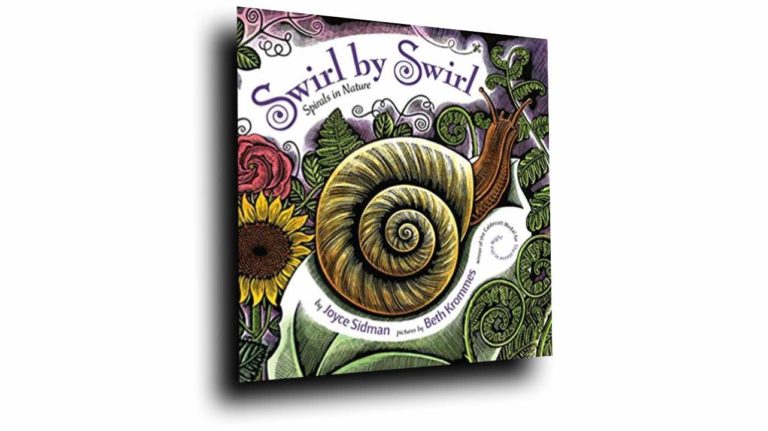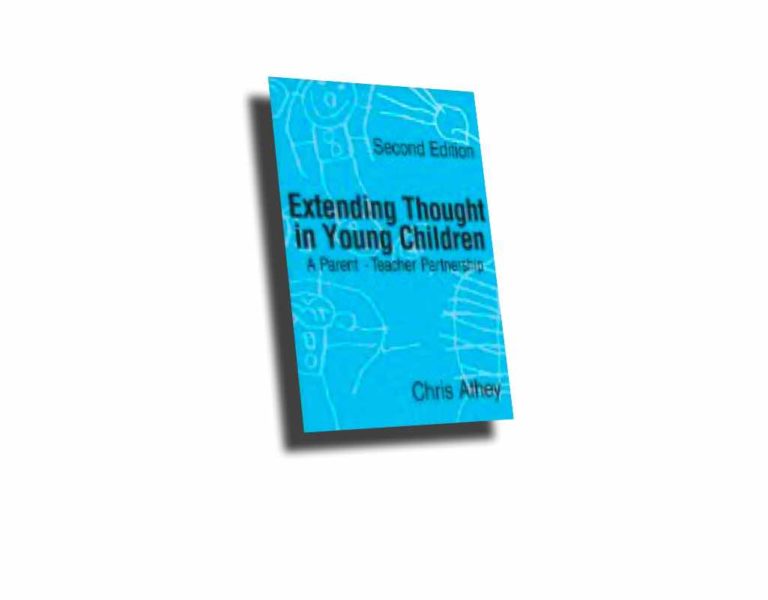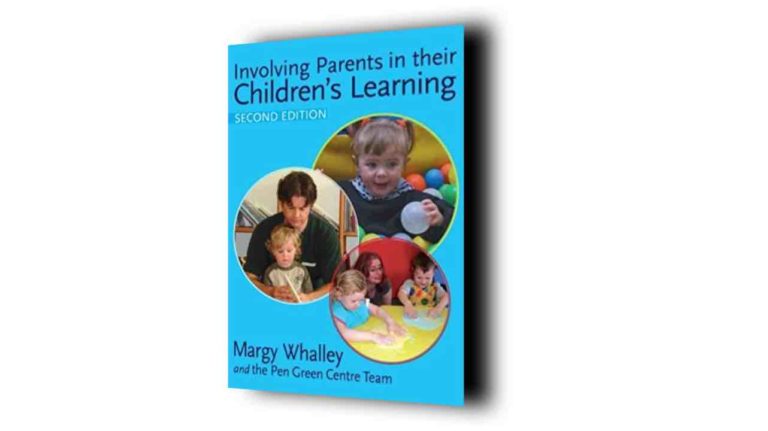Featured
Posted by Kathy Brodie on June 9, 2011.
Kathy Brodie on June 9, 2011.

Schemas are one of those things that divide practitioners, like fairies at the bottom of the garden.
You either believe in them and are in absolute awe at how amazing they are, or you just don’t believe they exist. It’s really interesting when you discuss this with people and it’s extra exciting when a ‘non-believer’ suddenly says “That describes my key child exactly!!”
But first of all, let’s explore what a schema is.
Athey (2007) defines schema as ‘patterns of behaviour and thinking in children that exist underneath the surface feature of various contents, contexts and specific experience’ (page 5). Nutbrown (2011) extends this to patterns of ‘action and behaviour’ (page 10). Schema are the repeated actions of children exhibited during their play, drawings, 3D modelling, movement and speech.
For example, for a child with a transporting schema, carrying (transporting) objects is the most important or engaging part of their play.
Typically, a ‘transporter’ will pack everything into bags, prams or buckets and carry them around the setting. Sand play may consist of carrying the sand to the water tray. The bikes outdoors will be used to transport toys.
There are many different identified schema. Athey (2007) describes 10 graphic, 11 space and 9 dynamic schema (page 62) which vary from transporter to going through a boundary. She identified these through prolonged and in depth research of children over a period of 5 years, with a skilled team of researchers.
So far, so good.
But why hasn’t everybody else spotted these and made the connections? As Athey comments (page 7) this hasn’t arisen from ‘common sense’, it is the result of research and pedagogy.
These are the sort of things that you need to learn about and understand so you can see them hidden in the children’s play. Often during courses, as I am explaining the sorts of things a child with a strong schema may do, a practitioner or parent says, in surprise, “But that’s exactly what my child does! We’ve never really understood why” or “that has never made sense before, but now it seems so obvious!”
Once identified, the practitioner can use that knowledge to select activities and experiences which will engage the child. For example, if a practitioner wishes to engage a ‘transporter’ in some mathematical development, then counting toys into a pram, pushing them to the other side of the room and counting the toys out again is likely to be an engaging game.
A child with a rotational schema will be intrigued by bike wheels, windmills and spirographs. By really tuning into the types of things that highly motivate a child, the most suitable sort of experiences, which support the child’s development, can be provided.
A very practical book to use for activity ideas is Again! Again! by Sally Featherstone (2013), which gives lots of ideas for schematic play in each of the areas in a setting, such as water, sand, outdoors etc.
If you’d like a book that has underpinning theory and lots of great examples (colour coded), then Laura England’s Schemas: A Practical Handbook (2018) would be a good place to start. Or for lots of illustrated observations of children engaging in schematic play, with ideas of how to extend these schema, Tamsin Grimmer’s Observing and Developing Schematic Behaviour in Young Children (2017) would be an ideal book.
However, it should be noted that not every child has strong schemas, some children may only display schematic play for a short period of time before moving onto another schema or some children may never display schematic play. Which is where the non-believers come in.
If you have never had a key child with a strong schema then it is quite far fetched to believe that, for example, a very young child can make ‘rotational’ connections in his or her drawings, movement outside and preferred toys.
But once you have worked with such a child you start to see schema everywhere. In fact, you can start to see it in adults too!
Just like fairies at the bottom of the garden, once there is proof there in front of you, it is difficult to deny. Unlike the fairies, schemas definitely exist and are incredibly useful for supporting child development.
References
Athey, C (2007) Extending Thought in Young Children (2nd Ed) London: PCP
Featherstone, S. (2013) Again! Again! Understanding schema in young children Featherstone Education
Nutbrown, C. (2011) Threads of Thinking London: Sage
England, L. (2018) Schemas: A Practical Handbook Featherstone Education
Grimmer, T. (2017) Observing and Developing Schematic Behaviour in Young Children London: Jessica Kingsley Publishers







